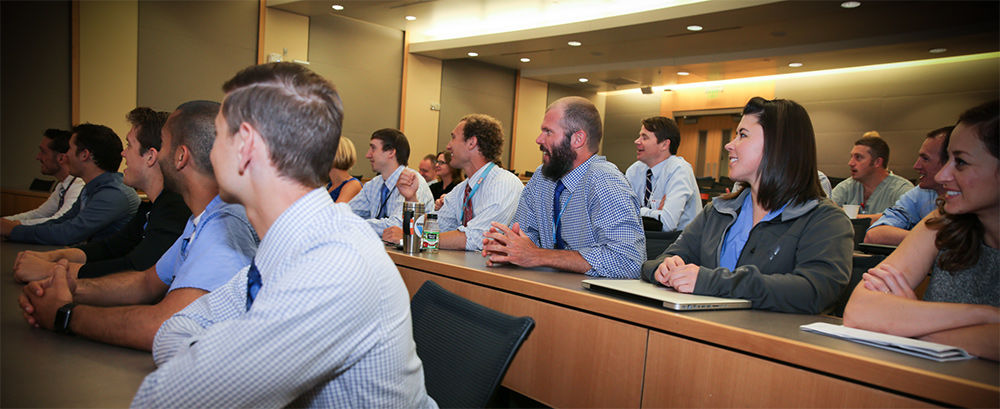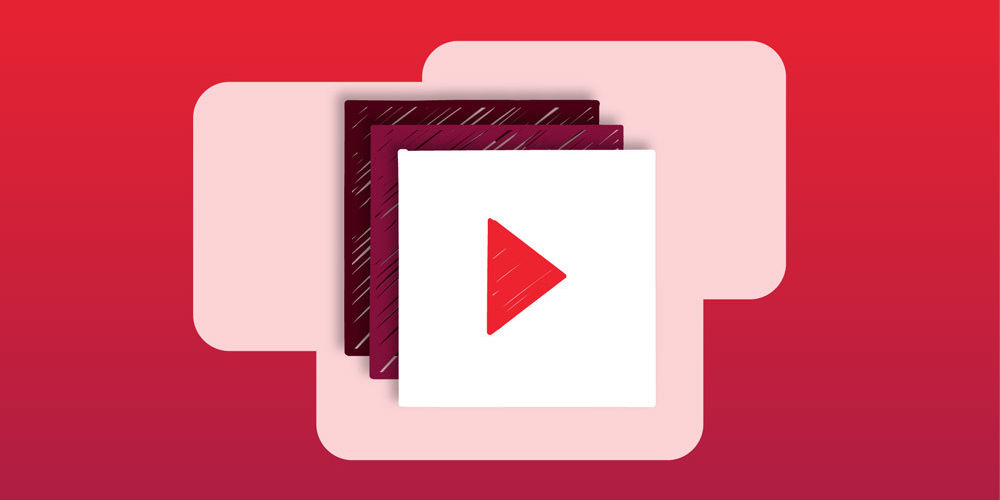EXPLORE
Explore is a just-in-time learning library for trainees and teams.
hen I first took on the role of incorporating graduate medical education (GME) for residents and fellows into hospital operations, quality improvement, and patient safety, it quickly became apparent that the faculty I was working with had very different training backgrounds. We spoke a different language. For the institution to unify behind one vision, we needed a common curriculum.
Another challenge is that every program within GME operates on a different timeline. Trainees have a limited amount of time reserved for education, and what time they do have is tightly controlled. As we developed a common language, we focused on the necessary shared characteristics of the curriculum. It had to be:
- Relevant
- Portable
- Customizable
- Accessible
- Digestible
We wanted this education to be “just-in-time”—available when needed and quickly consumed. This approach is antithetical to a lot of traditional didactic educational models that require a significant time investment up front. But as medical knowledge expands at an exponential rate, and our time with trainees remains fixed, we have to become more efficient with our learners’ time.

Developing the idea of single-point lessons
Single-point lessons are well established in Lean methodology. In manufacturing, they are one-page documents that teach a single concept or process in a brief, digestible manner; they minimize text as much as possible and rely heavily on images. Each lesson can stand on its own as a quick independent reference or be compiled as part of a larger collection. We wanted to create something similar at our institution—brief lessons explaining the basics of an important concept in value, quality improvement, or patient safety.
Each lesson is like a brick that can be built into a collection by asking the question, “What does everyone in the institution need to know about _____?” These topics, or bricks, can be used to build simple learning structures that are applicable across disciplines.

Over time, this library of educational materials continually grows in a modifiable and customizable way. It’s easily accessible and portable, and since it’s been developed through an iterative process, it allows for continual updates. You can pull one brick out, refinish it, and place it back into the stack without having to rebuild the entire structure.
Learners then venture into more advanced directions, tailoring different sets of bricks to different disciplines. What is relevant for general surgery may still be relevant for general medicine, but not as relevant for nursing or pharmacy. Each specialty can choose what is most relevant for their needs, creating their own customized playlist.
Meeting the needs of the customer
The most important feature of these lessons is that they are based on what the customer wants. Educators can include all the information they want into a well-documented, well-researched, and well-written resource, but if it doesn’t meet certain criteria—appropriate length, parsed into visual chunks, and easy-to-navigate—people won’t use it.
Our trainees’ time is a valuable commodity. It’s rare, like a precious metal. Everyone has an opinion about what trainees need to learn, but there’s only so much time for didactic education. If you want to teach the trainees something new, you need to develop a good product that can be used within existing infrastructure.
Providing educators with tools they can use
The other imperative for this library of resources is to share the expertise of instructors, program directors, and educators by giving them tools they can use. These lessons are by no means a substitute for face-to-face education. Programs know best how to teach. Playlists merely serve as a list of recommended topics and resources that educators can use to teach their own learners in a way that is relevant, portable, customizable, accessible, and digestible. Ultimately, the goal is for U of U Health to unify behind one vision and a common language.
An Uncommon Core
During a retreat of the GME value committee, a group of faculty educators identified a common curriculum as one of several important institutional needs. In collaboration with the Accelerate team, a small group of us started writing lessons on topics in patient safety. We have continued to expand our library, creating some recent lessons in quality improvement. Others in the institution have also adopted the form, creating lessons in wellness, education, and patient experience.
The response has been overwhelmingly positive—with over 15,000 visitors in the last twelve months.
Curious about learning? Start with one of our top three lessons:
Ryan Murphy
Medical students Rachel Tsolinas and Sam Wilkinson, along with SOM professor Kathryn Moore, share a practical tool all health care professionals can use to broaden our understanding of how culture influences decisions and events.
Frequent and deliberate practice is critical to attaining procedural competency. Cheryl Yang, pediatric emergency medicine fellow, shares a framework for providing trainees with opportunities to learn, practice, and maintain procedural skills, while ensuring high standards for patient safety.
Empathy is our cognitive ability to understand, communicate, and respond to another person’s perspectives, experiences, and concerns. Pediatrician Diane Liu reflects on the very real challenges of nurturing empathy in the face of the relentless demands of practice.
